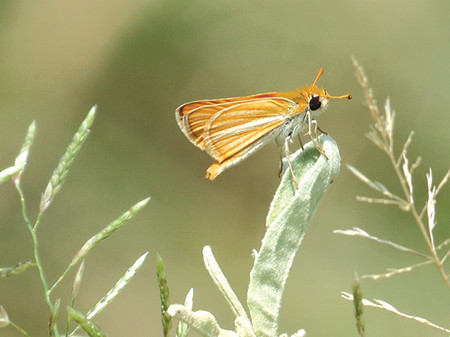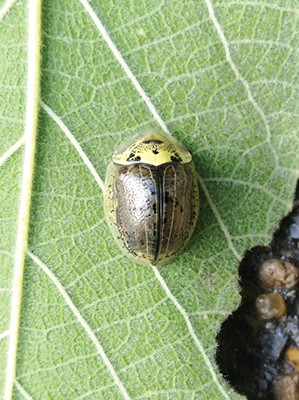 By John Brush, Center for Urban Ecology at Quinta Mazatlan
By John Brush, Center for Urban Ecology at Quinta Mazatlan
Many of us are facing restricted movement and changes in our routines due to the ongoing Coronavirus (COVID-19) pandemic, yet there are still ways we can explore and enjoy nature from around our homes. One way is with the City Nature Challenge and iNaturalist.
The City Nature Challenge, started by the California Academy of Sciences and Natural History Museum of Los Angeles, invites people around the world to make observations of nature in urban areas. The event has two phases: (1) making observations from April 24 – April 27, and (2) identifying other people’s observations from April 28 – May 4.
Making observations is easy and fun. All you need is to upload observations of plants and animals to iNaturalist, either with the iNaturalist app (Android or iOS) or via the website (www.inaturalist.org). To make an observation, all you need is a free account (must be age 13+ or have parental permission), know where-when-what you saw (even if general guesses, like a plant or mushroom, help with the what), and a photo of what you found. With a little practice, you will be able to quickly snap a photo, share what you found, and get identification help.
Don’t worry if you don’t know the name of a plant or animal. The program uses computer vision to offer you suggestions of what you might have found, and once you have uploaded the photo other iNaturalist users can offer their help. There are experts around the world who will help you identify a beetle you found on your windowsill, or a flowering plant growing out of a crack in the sidewalk. As you learn more about the wildlife around you, you can then help others identify their observations. Or, if you feel comfortable identifying wildlife, you can add identifications to other people’s observations during the City Nature Challenge’s second phase.
You might be surprised by how much life is all around us – even in our homes. An iNaturalist project called “Never Home Alone: The Wild Life of Homes” has recorded over 1,900 species where we live, including lady beetles, moths, and jumping spiders.
We also have an incredible diversity of life in our back and front yards in the Lower Rio Grande Valley. Great Kiskadees, Northern Mockingbirds, and Golden-fronted Woodpeckers are some of our most abundant backyard birds. A closer inspection of your lawn will probably reveal plants like three-lobed falsemallows and prostrate lawnflowers - maybe even Gregg’s tubetongue or tropical speedwell. Wild olive trees host alien-like tortoise beetle larvae, carpenter bees hover near dead wood in search of good nest sites, and skipper butterflies bounce from flower to flower - all in the confines of our yards.
Taking time to explore the natural world around us - even in our yards and cities - has been shown to help reduce stress and anxiety. When I find a beetle skittering across a leaf, or see a bee golden with pollen grains, I can’t help but feel that we are not alone. Even, or perhaps especially, in troubling times, the great diversity of life can be comforting companions.
There’s a great diversity of life waiting to be seen right around us – share your sightings during the City Nature Challenge from April 24 – 27 at www.inaturalist.org.













